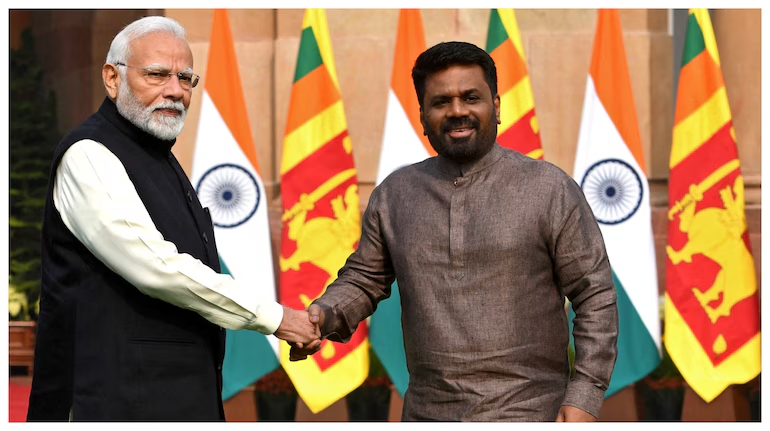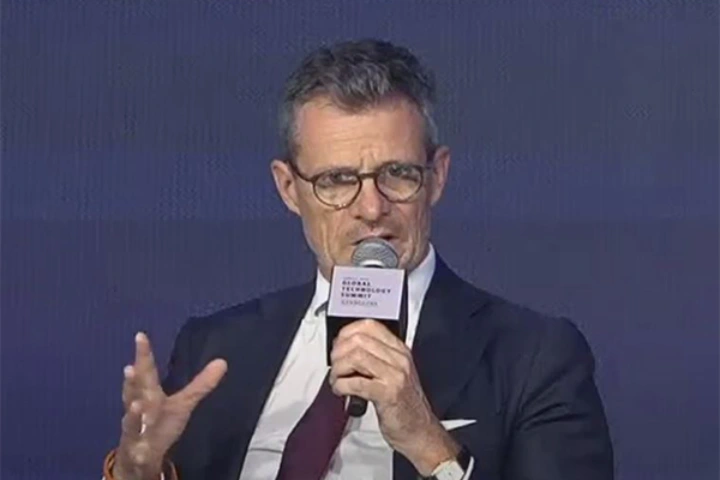Strategic collaboration with Russia, energy security, and shipping gains drive India’s deepening Arctic ambitions
India is ramping up its engagement in the Arctic amid rising global interest in the polar region’s untapped energy reserves and opening sea routes. With the Arctic fast emerging as the next geopolitical and commercial frontier, India sees strategic value in early, sustained investment and international collaboration — particularly with Russia, reported hindustantimes.com.
The momentum around India’s Arctic outreach was evident at a March conference in New Delhi titled “Uniting North and South for Sustainable Development in the Arctic”, where Russian Ambassador Denis Alipov highlighted the prospects of Indo-Russian collaboration in energy, research, and Arctic sea route development. The event also saw participation from Yakutia, a Russian Arctic province.
India’s scientific interest in polar regions dates back to 1981, with the establishment of research bases in Antarctica and the Arctic. The Himadri station, inaugurated in 2008 in Norway’s Svalbard archipelago, marked India’s active presence in the north. India is also an observer in the Arctic Council — a testament to its sustained polar engagement.
India eyes Arctic energy reserves and shipping lanes to secure future energy needs, enhance trade routes, and balance China’s polar ambitions
The Arctic’s appeal stems from more than just scientific curiosity. Russia’s dramatic 2007 move to plant a flag on the Arctic seabed was symbolic of its ambitions to claim the region’s vast hydrocarbon wealth. China, calling itself a “near-Arctic State,” has been investing in scientific exploration, building ice-breakers, and promoting a future “Polar Silk Route” to further its economic and geopolitical interests.
Geographically, the Arctic Ocean is the smallest and shallowest of the world’s oceans, covered largely in ice. But with climate change accelerating ice melt, navigation across two key Arctic sea routes — the North-West Passage (through Canada) and the Northern Sea Route (along Russia’s Siberian coast) — is becoming increasingly feasible. These routes can shorten shipping distances between Europe, Asia, and North America by thousands of kilometers, bypassing the Suez and Panama Canals, reducing sailing times by 15-20 days.
India, which is poised to become the second-largest energy consumer globally, is acutely aware of its dependence on external energy supplies. While investing in nuclear and renewables, India must also secure access to alternative hydrocarbon sources. Here, Russia’s polar technology and infrastructure offer valuable synergy.
Beyond energy, India also views Arctic engagement as a geopolitical strategy to counter China’s growing presence and strengthen ties with Russia, thereby asserting greater strategic autonomy in international affairs.
With an “Arctic Gold Rush” underway, India’s proactive steps — both scientific and diplomatic — position it to be a meaningful player in shaping the future of the polar region.











